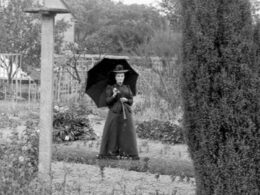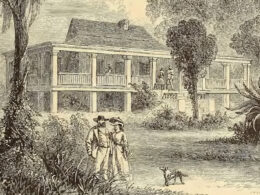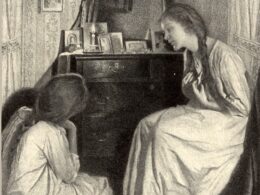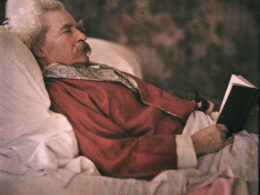Ambrose Bierce (1842–1914?)
From Ambrose Bierce: The Devil’s Dictionary, Tales, & Memoirs
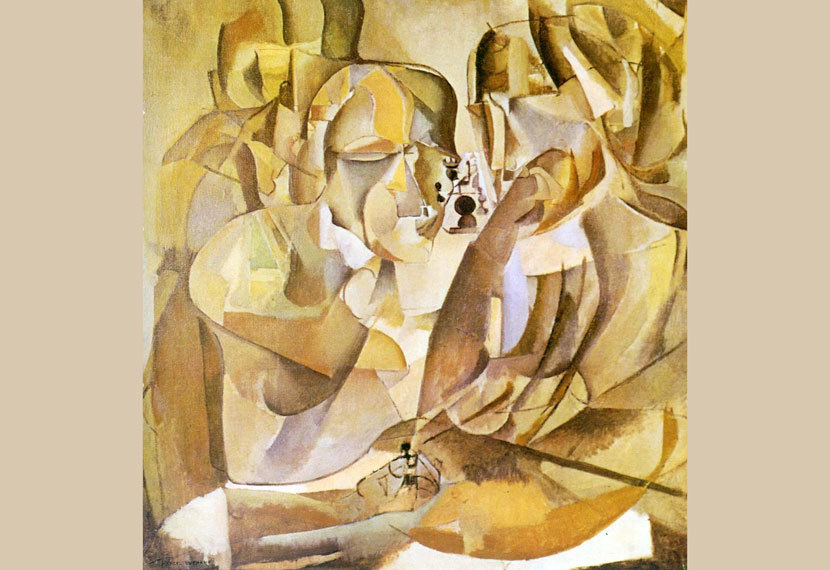
“I’m sorry, Dave. I’m afraid I can’t do that.”
It’s been fifty years since Stanley Kubrick and Arthur C. Clarke unleashed the menace of HAL 9000 on moviegoers, who watched the intelligent computer take control of a spacecraft and strand the commander outside the ship in 2001: A Space Odyssey. The film evokes various depictions of “artificial intelligence” from earlier science fiction, much of which portrays AI as an ominous—and often lethal—technological advance.
S. T. Joshi, along with many other scholars, claims that “Moxon’s Master,” by Ambrose Bierce, is the story that started it all in 1899. “One of the earliest tales genuinely to deal with the question of artificial intelligence,” it is almost certainly the first to raise the possibility that AI could become sinister. We present Bierce’s nightmarish tale as our Story of the Week selection, and in our introduction we explain how it was inspired by the attempts to develop (or pretend to develop) chess-playing machinery during the previous century.
